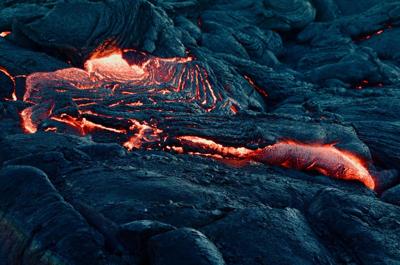A groundbreaking study by the University of Victoria sheds light on the underestimated seismic threat of the Tintina Fault in northwestern Canada's Yukon Territory. Once deemed dormant for over 40 million years, this fault could provoke massive earthquakes, posing significant risks to nearby communities such as Dawson City, according to a report in SciTechDaily.
Stretching approximately 1,000 kilometers, the Tintina Fault has captivated scientists with its newfound potential for seismic activity. Using cutting-edge topographic imaging from satellites, aircraft, and drones, researchers detected large earthquakes along a 130-kilometer segment of the fault during the Quaternary Period, indicating an ongoing threat, as reported by Juneau Empire.
Historically, few small earthquakes hinted at the fault's latent power. Nevertheless, the advanced data motivated closer examination, revealing surface ruptures capable of significant geological upheaval.
The Tintina Fault's proximity to vital infrastructure raises concern for local communities. Dawson City, located less than 20 kilometers from the fault, risks being battered by powerful tremors that may jeopardize key roads and mining operations. Landslides could further threaten the Klondike region, warns study lead Theron Finley, as cited in Daily Galaxy.
Read more on Chicago Star:
- Here is where to volunteer in Chicago to help immigrants
- Some bumper stickers we have seen–and some we’d like to see!
- Black bears and rogue armadillos in IL: Safety 101
- 2027 MLB All-Star Game will return to Wrigley Field after a 37-year wait
The research highlights the critical need for comprehensive fault monitoring. Existing seismic models fail to include the Tintina Fault, leaving infrastructure such as highways and the Trans-Alaska Pipeline vulnerable.
Future plans could involve trenching to explore seismic histories further, though specifics remain unplanned. Jan Dettmer, Geoscience Research Manager, emphasized the importance of understanding these risks thoroughly. While the most recent quake occurred around 12,000 years ago, predicting the fault's next move requires ongoing investigation.
This initiative underscores the need for vigilance and preparedness in regions facing latent but devastating geological hazards.








(0) comments
Welcome to the discussion.
Log In
Keep it Clean. Please avoid obscene, vulgar, lewd, racist or sexually-oriented language.
PLEASE TURN OFF YOUR CAPS LOCK.
Don't Threaten. Threats of harming another person will not be tolerated.
Be Truthful. Don't knowingly lie about anyone or anything.
Be Nice. No racism, sexism or any sort of -ism that is degrading to another person.
Be Proactive. Use the 'Report' link on each comment to let us know of abusive posts.
Share with Us. We'd love to hear eyewitness accounts, the history behind an article.